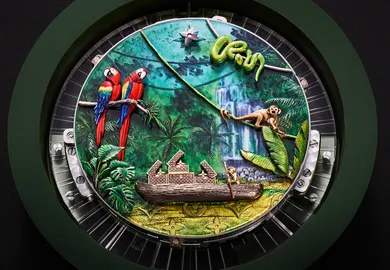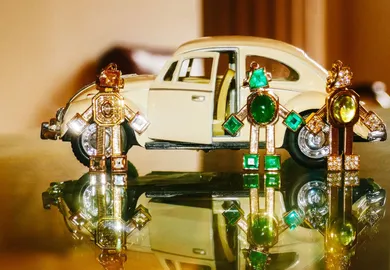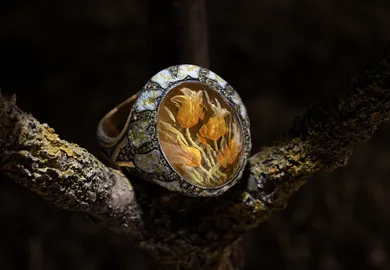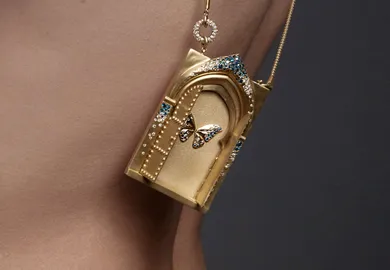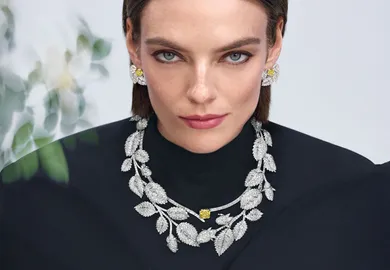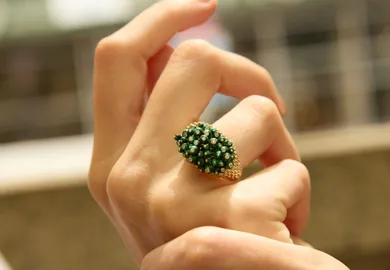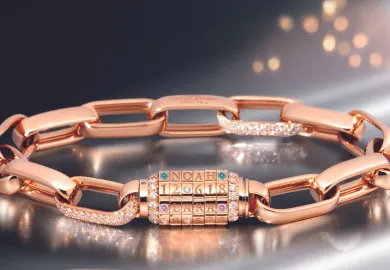
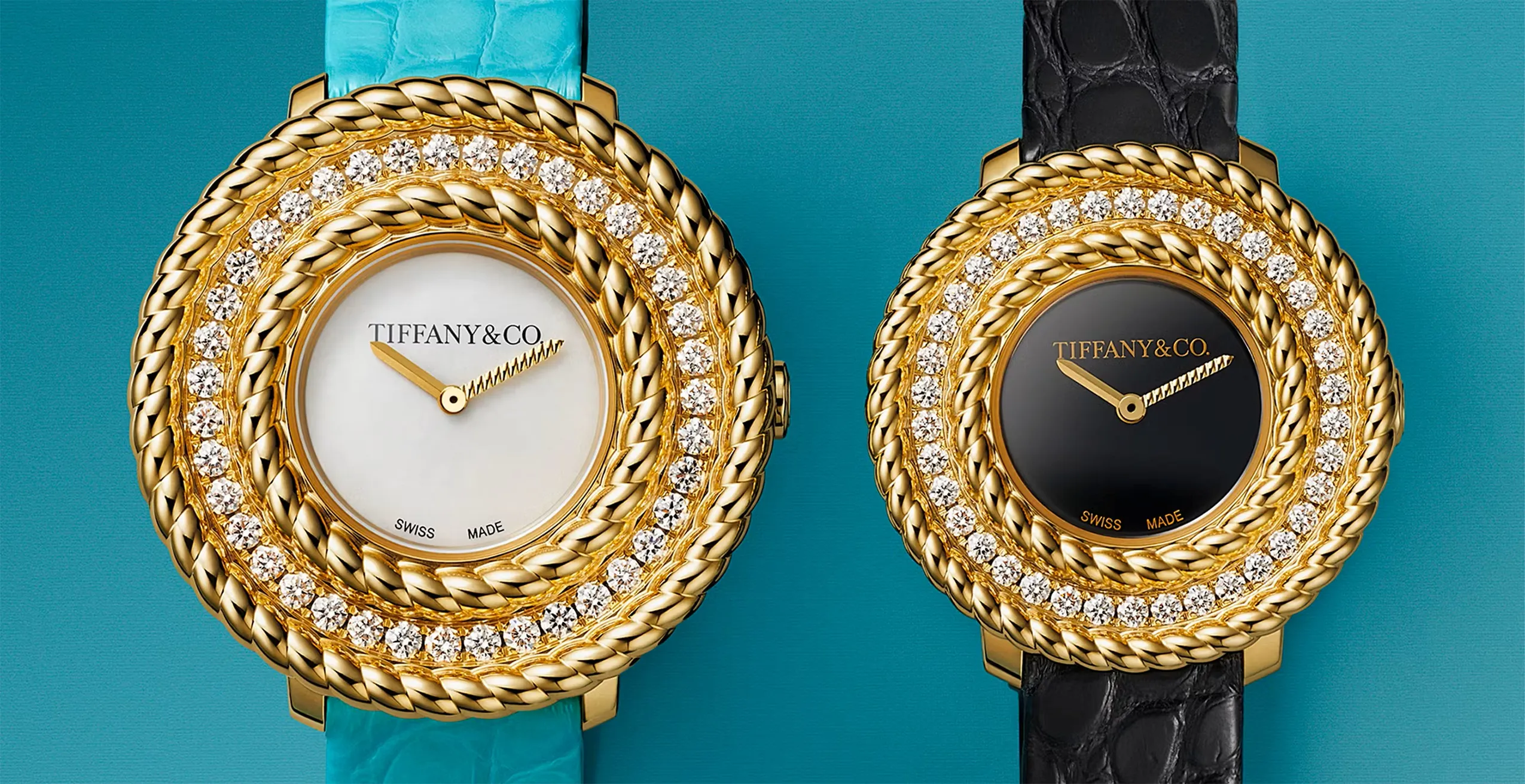
Turning Points: The Legacy and Revival of Twisted Jewellery
Twisting and braiding techniques are having a moment. Whether echoing nautical ropes, couture trims or ancient metalwork, these interlaced forms have brought texture, structure and movement to both new releases and timeless collections.
This return to twisted and braided forms is being explored across both jewellery and watchmaking, with recent collections highlighting the precise craftsmanship required to manipulate metal into structured, coiled shapes. Throughout history, twisted and braided motifs have served both practical and decorative purposes in jewellery. In Ancient Egypt, artisans used finely twisted gold wire in earrings and necklaces, adding texture to otherwise simple forms. Similar techniques were employed in the Roman world, while across Viking-age Scandinavia, twisting became a hallmark of gold and silver arm-rings. One 10th-century example in the British Museum’s collection, composed of two thick twisted rods flanked by finer twisted wires, reveals how these techniques provided both strength and aesthetic appeal.
This story is available to Katerina Perez Club members.
In the continuation of this article:
- Twisted and braided designs are shaping today’s most distinctive jewellery and watches.
- Designers are drawing on ancient forms to create bold, structured silhouettes.
- From cuffs to rope-motif watches, today’s jewellers are using twists to convey strength, texture, and enduring symbolism.
Premium Membership
£15/month
Billed monthly. Cancel anytime*
Elite Membership
£13/month
Billed annualy. Cancel any time*
Already have an Account?
